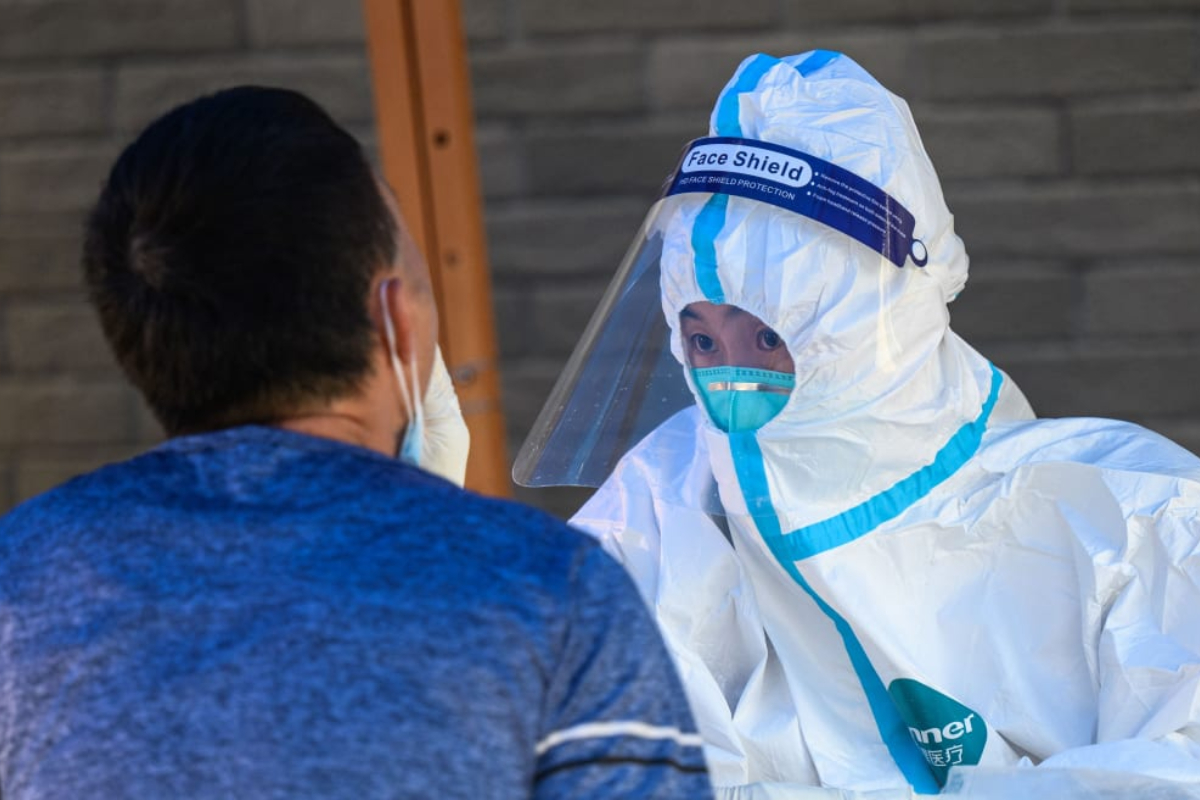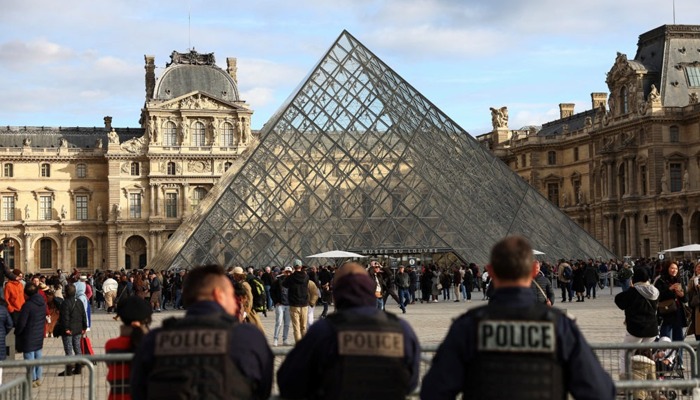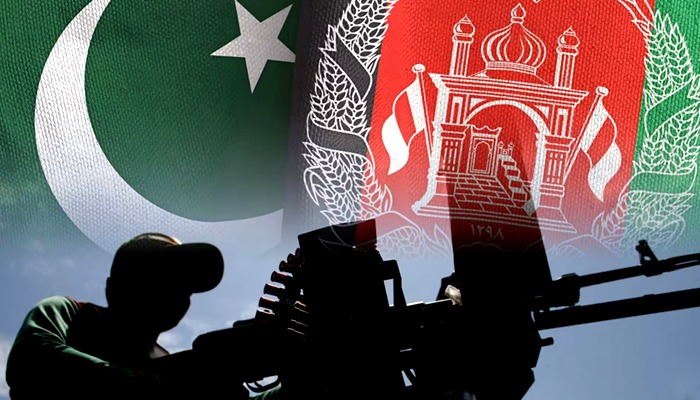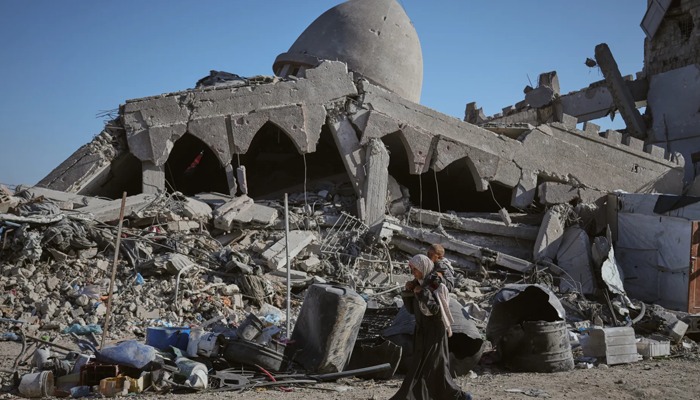- There hasn’t been a big drop in infections, but now you don’t need a PCR test result to ride the bus or train, and bars and restaurants are slowly reopening.
- The new plan seems to be to slow the spread of the virus instead of trying to stop it. This should give the health system more time to deal with it.
- Beijing is not the only place that has taken away some rules, and the rules that have been taken away vary a lot from region to region.
Look at what the government does rather than what it claims to understand the Covid plan in China.
Consider Beijing as an example.
The number of infections has not significantly decreased, but public transportation no longer requires a positive PCR test, bars and restaurants are slowly starting to reopen, and in some cases, people who contract Covid are permitted to isolate at home rather than entering centralised quarantine facilities.
As of Tuesday, test results are no longer required to enter some public locations, including supermarkets and office buildings.
So, when you look at what is going on right now, it seems like the government has quietly abandoned zero Covid as a target.
This does not mean that all limitations linked to Covid have been lifted; for instance, you still need to have taken a test within the last 48 hours to enter hospitals, schools, restaurants, and gyms. Additionally, it does not imply that certain limits won’t exist in, say, six months.
However, the declared objective of stopping all new infections during an outbreak has vanished.
Instead of attempting to eradicate the disease, the new strategy seems to focus on slowing the virus’s spread so that the healthcare system can manage it.
In an effort to control the flow of infections, major illnesses, and fatalities, this may entail keeping an eye on the virus as it spreads.
Cities won’t need to have zero cases reported in order to remain open, although it may occasionally mean reimposing certain penalties.
Beijing is not the only city that has eliminated some regulations; they differ greatly by location.
For instance, regular testing will no longer be conducted in the south-eastern province of Zhejiang except for those who hold certain specialised positions.
In the eastern Shandong Province, driving on the highway and purchasing cough medicine are no longer subject to checks; in the heart of Henan Province, housing communities are no longer subject to PCR tests.
The enormous cities of Shanghai, Wuhan, Chongqing, Guangzhou, Shenzhen, and Chengdu are also experiencing similar relaxation.
The western Xinjiang region’s capital, Urumqi, has reopened restaurants, hotels, movie theatres, and gyms. In Tibet, public transportation has restarted.
The Chinese government was pressing the populace to stick with the zero-Covid strategy only a few weeks ago.
Xi Jinping stood up at the recent Communist Party Congress and reiterated that there would be no veering from his flagship programme in the face of irrefutable evidence that China’s epidemic control efforts were crippling the economy and destroying people’s livelihoods.
The protests then started.
Ten individuals were murdered in a tower block fire in Urumqi, which incited a storm of public outrage.
On social media, Covid limitations were cited as the cause of the deaths since they were allegedly impeding fire crews’ access and obstructing homeowners’ escape routes. Beijing disputes this, but it is undeniable that the fire sparked protests across the nation.
Protesters called for the elimination of zero Covid in numerous cities. They yearned for the lives they once led. Some people began requesting that Xi Jinping step down.
Since the political upheaval of 1989 that resulted in the brutal crackdown in and around Tiananmen Square, there have not been as many acts of public resistance against the party.
Suddenly, changes are occurring, and Chinese people are cracking jokes about how effectively protests may be used.
Jiang Zemin’s passing away last week increased the strain on the authorities. Many people look back on his time with nostalgia as a time of high-speed development and reconnection with the outside world. The parallels to the present are very clear.
Acts of public grief may turn into new protests, which posed a threat to Xi Jinping’s government. Years earlier, with the death of reformist leader Hu Yaobang, throngs gathered to commemorate his passing evolved into the Tiananmen Square protest movement.
All of this has caused a government to rapidly change course after grossly underestimating public outrage over its Covid policies.
It was necessary to find a method that would save face.
Chinese authorities were never going to publicly apologise to the public for keeping them confined for an excessive amount of time.
However, the party is starting to adjust its public messaging via official media, currently asserting that new Covid strains are not nearly as lethal.
This is a clear departure from the prior statement that people in China should consider themselves fortunate to reside in a country where they are protected while the rest of the world is experiencing Covid Hell.
Two substantial obstacles still exist.
First off, there hasn’t been enough done to increase vaccination rates, especially among the elderly and those in high-risk groups. Only 40% of those over the age of 80, according to official statistics, have received a booster shot. Unvaccinated elderly persons made up a sizable portion of the fatalities in Hong Kong.
Second, officials have had years to increase the capacity of China’s ICUs. This is still insufficient, so the health system would be put to the test if there was a sudden surge in emergency patients after a large increase in Covid cases.
Due to this, it will be important to proceed gradually to avoid overburdening hospitals. If so, limits can always be put back in place.
China’s new course will develop gradually, even if it occasionally involves turning backwards.
[embedpost slug=”russia-launched-new-missiles-says-ukrainian-air-force/”]



















